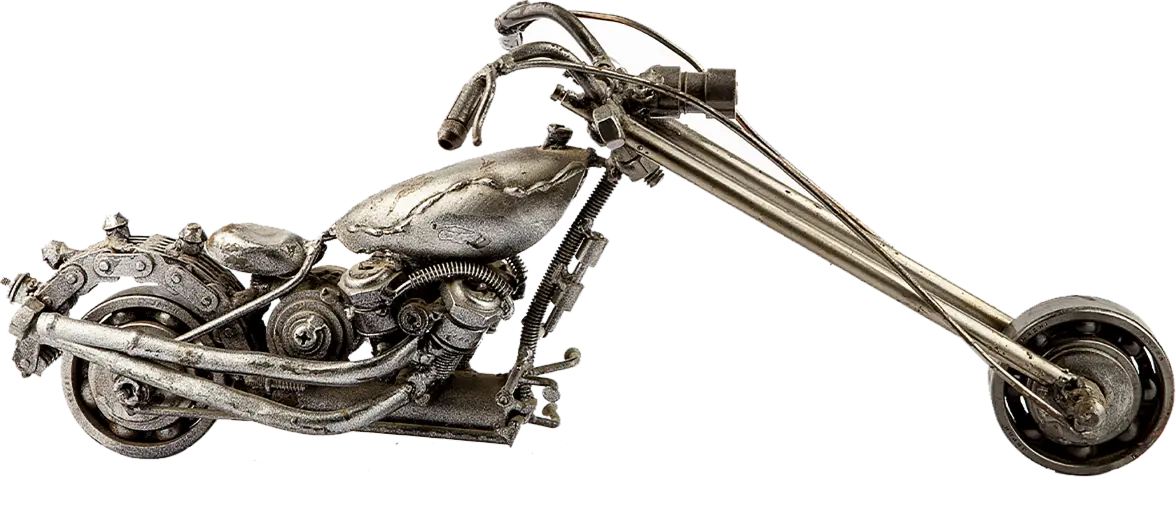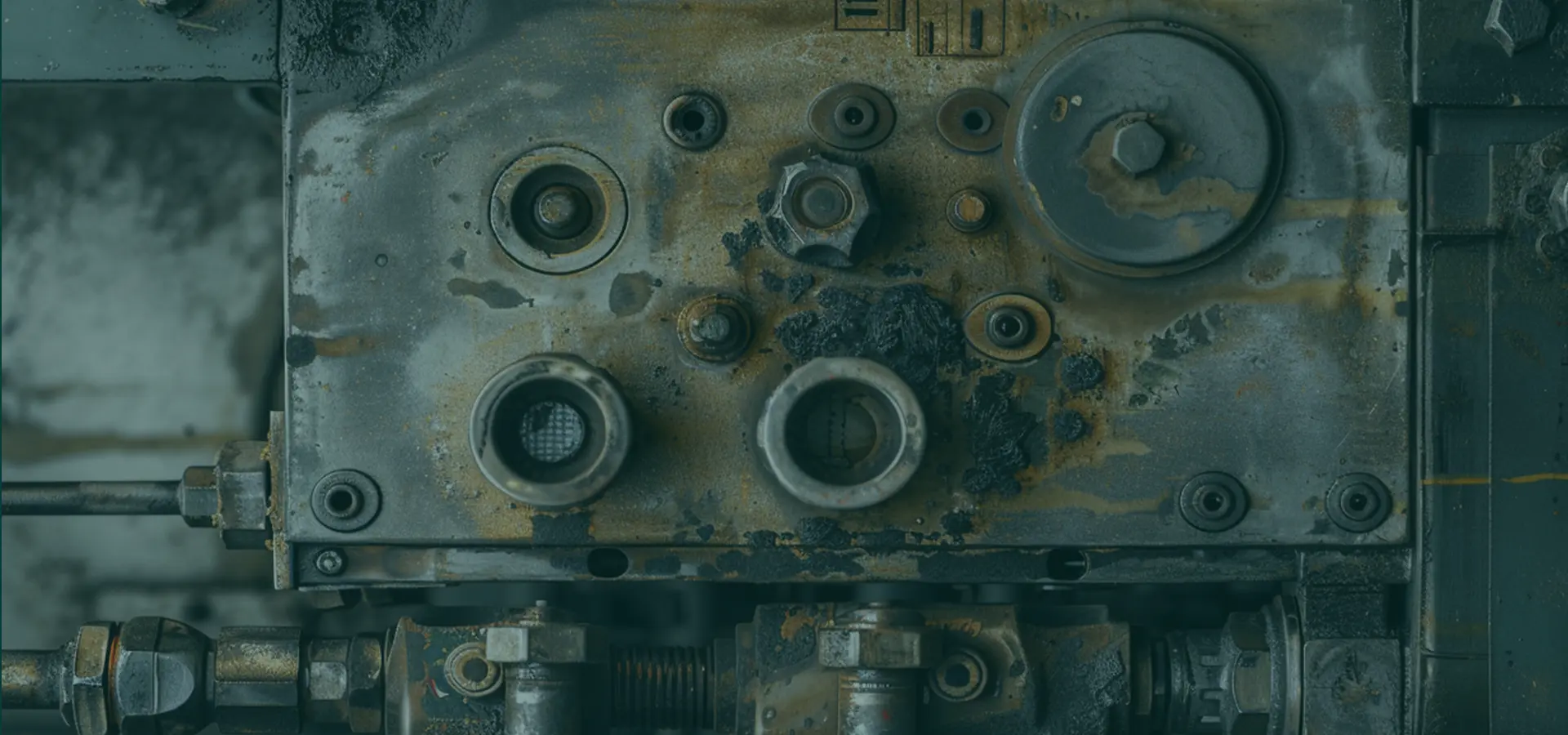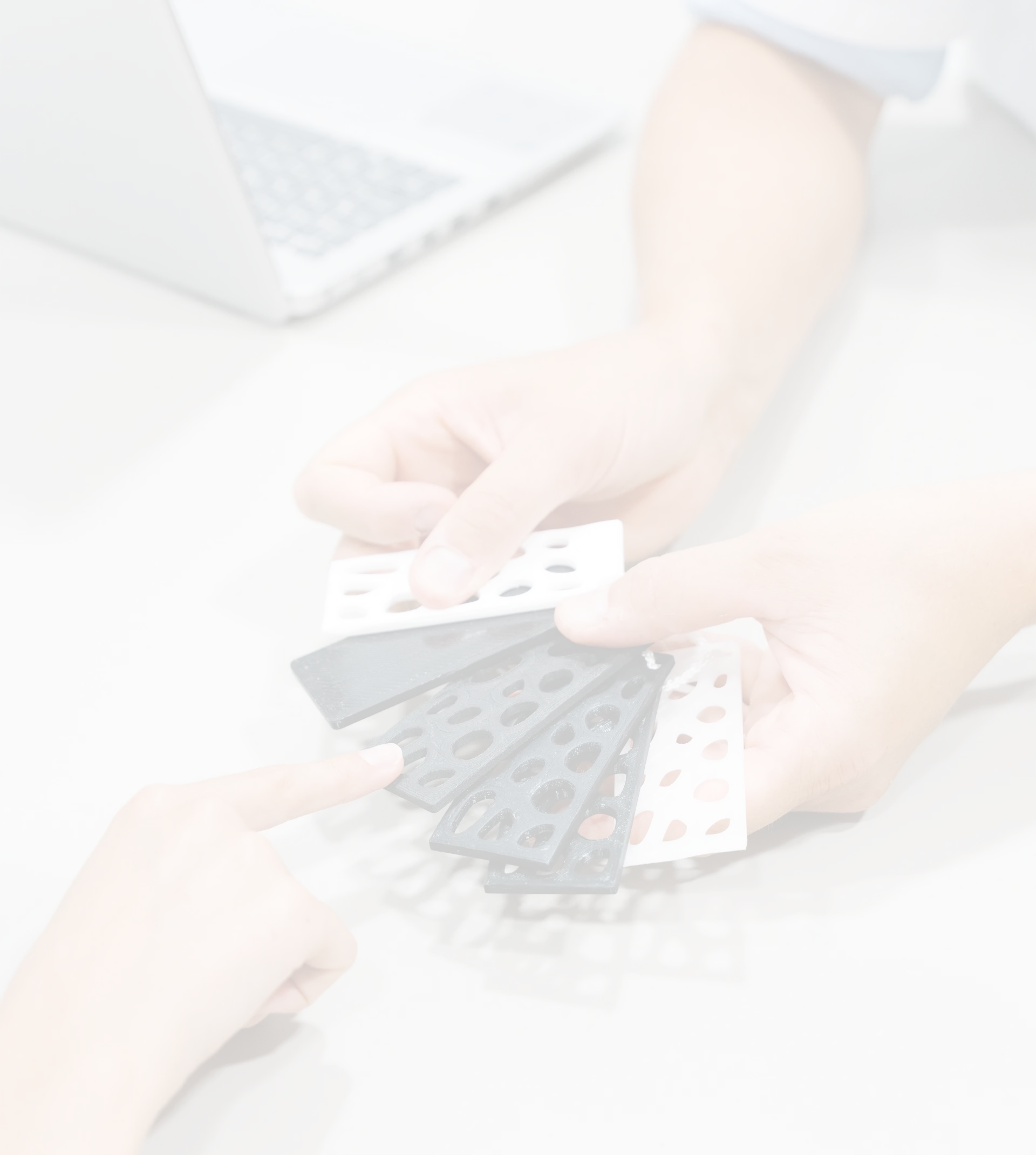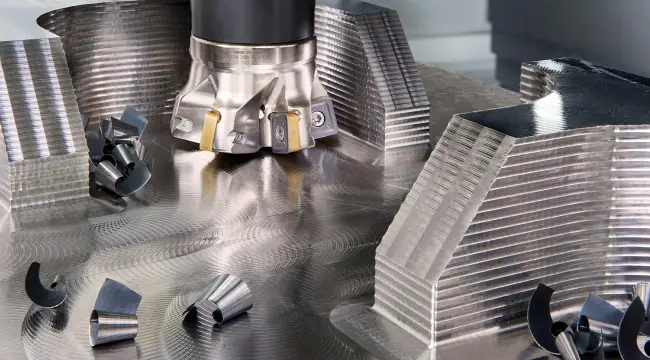CAST PROTOTYPES
AND PRODUCTION
PARTS ARE USED FOR
The prototype castings and the production parts are the fundamental components in the manufacturing industry, widely used in key links of various industrial fields. From the cast iron cylinder block of automotive engines to the titanium alloy turbine blades in aerospace, from the steel structure nodes in construction engineering to the high-precision aluminum alloy shells of household appliances, casting technology supports the operation of the modern industrial system. In the equipment manufacturing sector, large cast steel pieces form the load-bearing framework of heavy machinery; in the energy industry, high-temperature resistant alloy castings ensure the safe operation of power generation units; and in the daily consumer goods sector, zinc alloy die-cast parts give products exquisite appearance and complex structures. With the development of 3D printing sand mold technology, traditional casting processes are deeply integrating with digital technology, achieving seamless connection from single prototype to batch production, meeting the demand for rapid iteration of complex components in the era of Industry 4.0. Whether it is the rapid verification in the sample development stage or the stable supply in the mass production phase, castings have always been an important link connecting design and manufacturing.
















